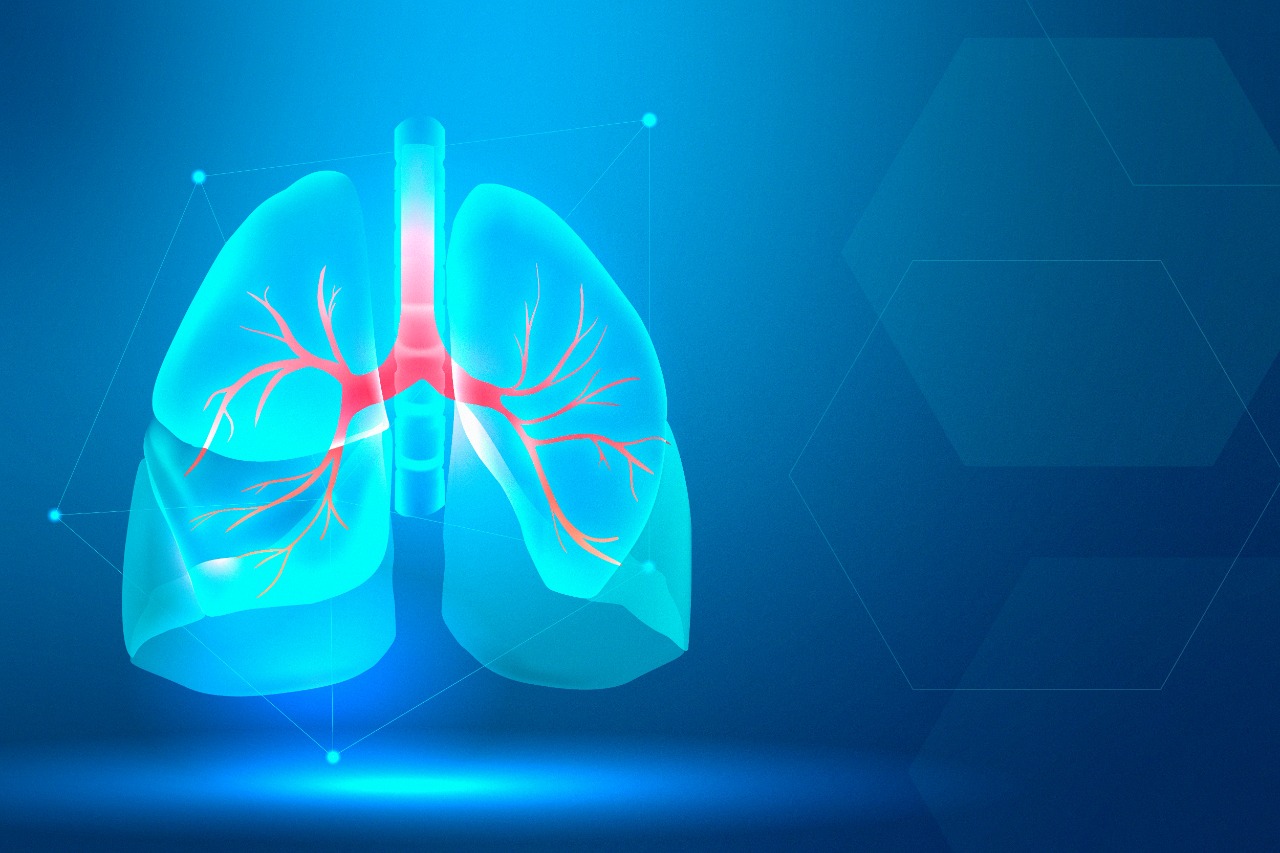Everything you need to know about Lung Cancer Screening and Lung cancer.
Lung cancer screening is a process that is used to detect the presence of lung cancer in otherwise healthy people with a high risk of lung cancer.
| Age Group (yrs) | Frequency | Screening Tests |
| Above 40, Smoker | Yearly | Basic/ Executive |
SCREENING TESTS – BASIC (Rs 3, 000)
Chest Xray| Carcinoembryonic antigen (CEA)| Full Blood Count (FBC)| Consultation
Chest X-ray
Chest x-ray is the most commonly performed diagnostic x-ray examination. A chest x-ray produces images of the heart, lungs, airways, blood vessels and the bones of the spine and chest.
An x-ray (radiograph) is a non-invasive medical test that helps physicians diagnose and treat medical conditions. Imaging with x-rays involves exposing a part of the body to a small dose of ionizing radiation to produce pictures of the inside of the body. X-rays are the oldest and most frequently used form of medical imaging to detect any lung pathologies.
Low Dose CT Scan (LDCT)
A low-dose CT scan is a special kind of X-ray that takes multiple pictures as you lie on a table that slides in and out of the machine. A computer then combines these images into a detailed picture of your lungs.
A study on early detection of lung cancer found that the low-dose cancer screening test can reduce mortality for those at high risk.
Doctors use a low-dose computerized tomography (LDCT) scan of the lungs to look for lung cancer. If lung cancer is detected at an early stage, it’s more likely to be cured with treatment.
By the time lung cancer signs and symptoms develop, the cancer is usually too advanced for curative treatment. Studies show lung cancer screening reduces the risk of dying of lung cancer.
Carcinoembryonic antigen (CEA) Test
A CEA test measures the level of carcinoembryonic antigen (CEA) in your blood or other body fluid, as an indicator of whether cancer is growing and spreading or diminishing with treatment. You may be tested before treatment to set a baseline level, then again during and after treatment.
What is CEA?
While in the uterus, an unborn baby produces CEA, but healthy adults produce little or none of this protein. Smokers may have elevated levels, as well as people with cancer.
Most commonly, CEA tests involve taking a blood sample, a simple procedure where blood is withdrawn from one of your veins via a needle into a syringe or test tube. Less often, fluid may be collected from other parts of your body, depending upon the type of cancer and where a tumor may be located. Fluid may be extracted from along the peritoneum, the pleural space surrounding your lungs, or next to your spinal cord.
A blood test requires no preparation on your part. You may experience slight discomfort from the needle and soreness and bruising afterward. Before both the spinal and abdominal procedures, you may be asked to go to the bathroom. The cerebrospinal fluid test may cause soreness and pain in the back, where the needle was inserted, and occasionally a headache afterward. Although generally considered safe, both the abdominal and pleural fluid tests carry a small risk of tissue damage and infection—as well as possible blood loss for the pleural test.
Full Blood Count (FBC)
A full blood count (FBC) is a common blood test that your doctor may recommend to:
⦁ Help diagnose some blood cancers, such as leukemia and lymphoma
⦁ Find out if cancer has spread to the bone marrow
⦁ See how a person’s body is handling cancer treatment
⦁ Diagnose other, noncancerous conditions
A FBC measures the amount of 3 types of cells in your blood:
⦁ White blood cell count. A white blood cell count, also called a leukocyte count, measures the total number of white blood cells in a sample of blood. These cells protect the body from infection by attacking invading bacteria, viruses, and other foreign materials in the body. Some white blood cells can also attack cancer cells.
⦁ White blood cell differential. A white blood cell differential measures the number of each type of white blood cell. There are 5 major types of white blood cells, and each type plays a different role in protecting the body. Your doctor can learn valuable information about your health by measuring the levels of these cells:
⦁ Neutrophils
⦁ Lymphocytes
⦁ Monocytes
⦁ Eosinophils
⦁ Basophils
⦁ Red blood cell count. Red blood cells carry oxygen throughout your body. A red blood cell count, also called an erythrocyte count, measures the number of red blood cells in a sample of blood. There are several ways to measure red blood cells. Two of the most common are:
⦁ Hematocrit (Hct), the percentage of your blood that is made up of red blood cells
⦁ Hemoglobin (Hgb), the amount of the protein in red blood cells that carries oxygen
⦁ Platelet count. A platelet count measures the number of platelets in a sample of blood. Platelets help to stop bleeding by forming blood clots.
The amounts of each of these types of cells have a normal range. Your health care team will note this range on your FBC lab results. A range is used instead of a specific number because a normal amount is different for each person.
